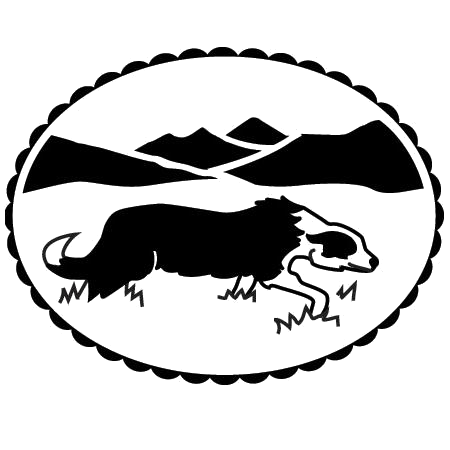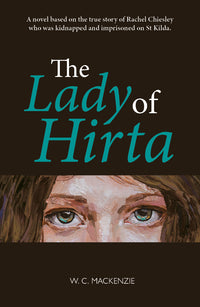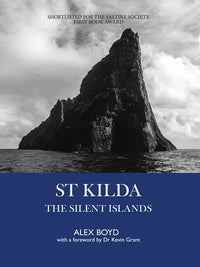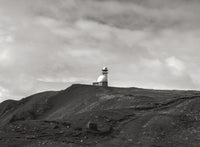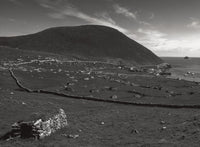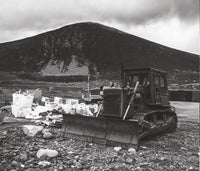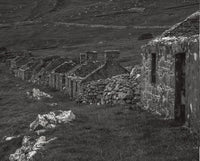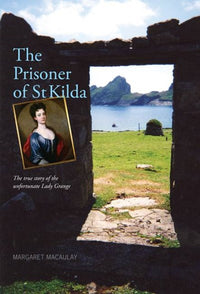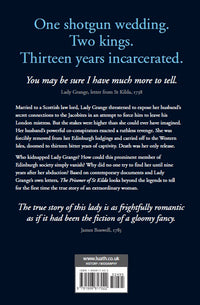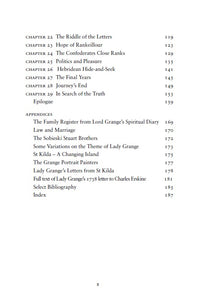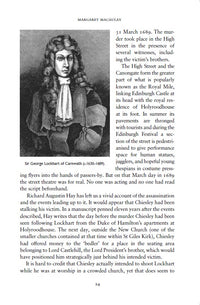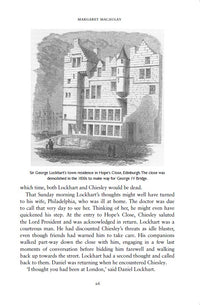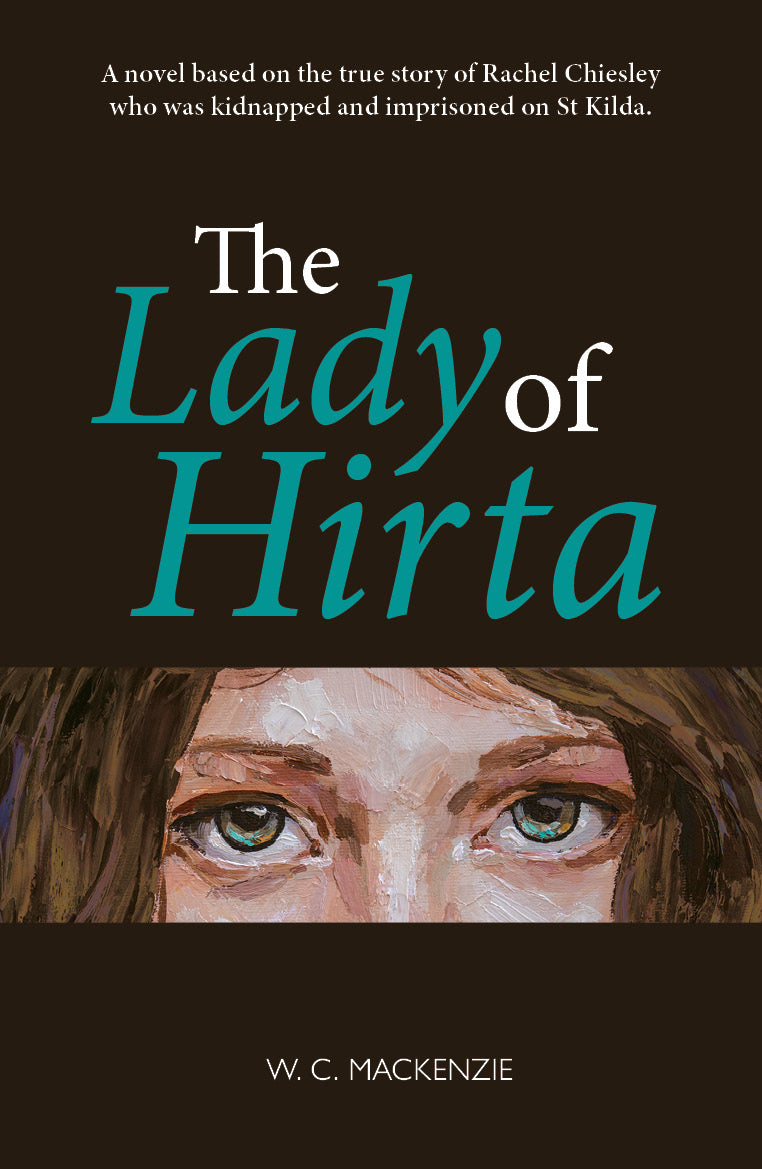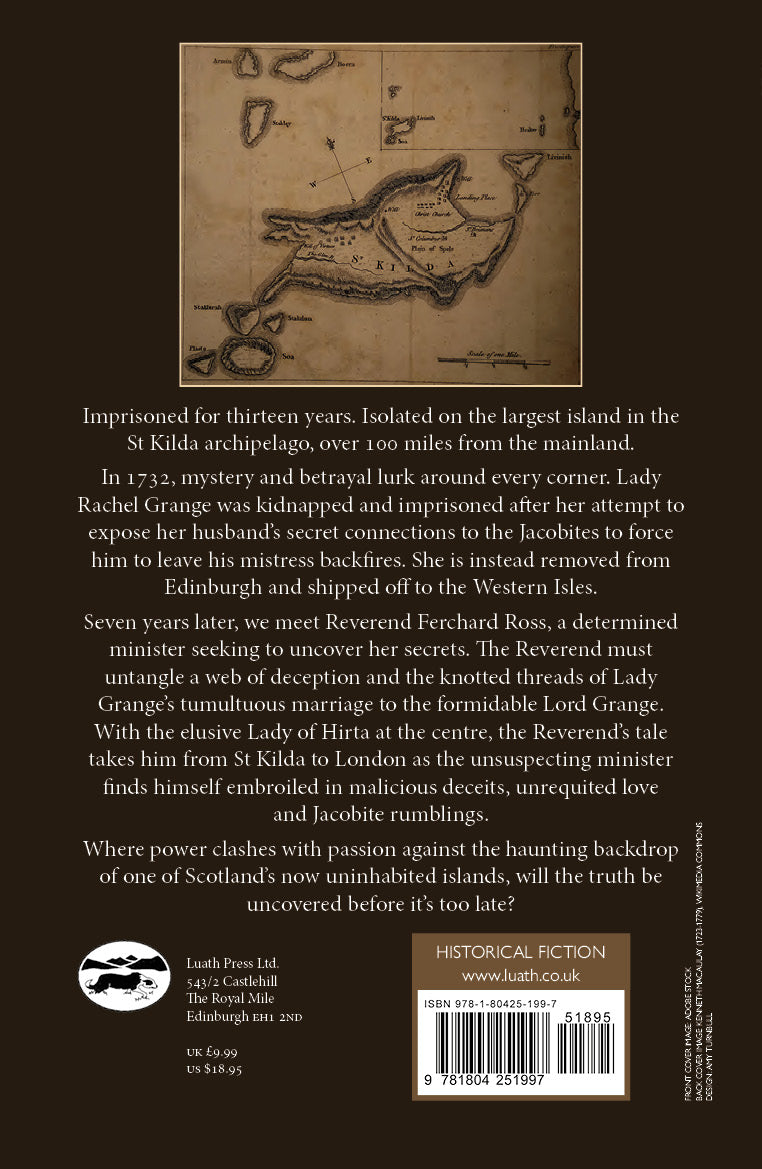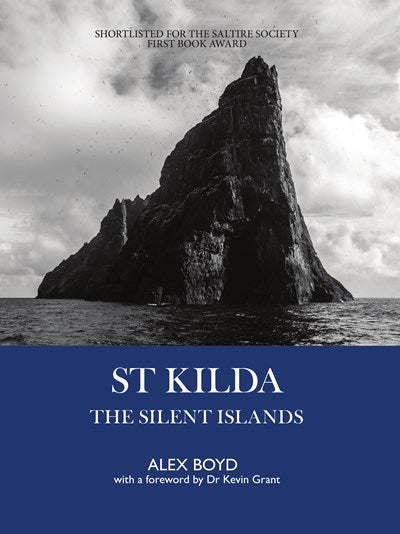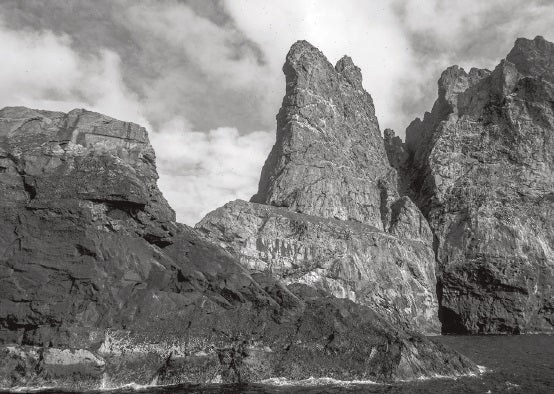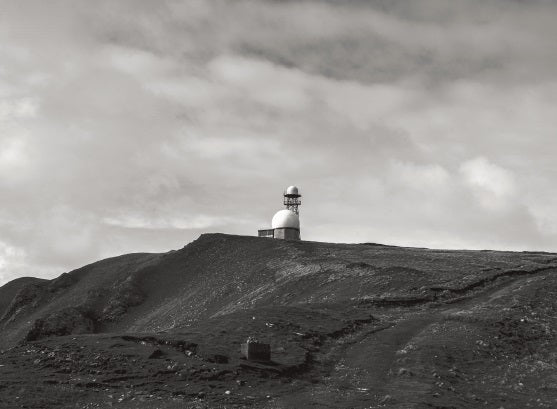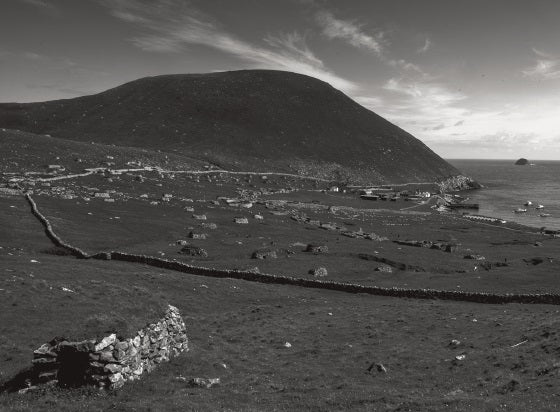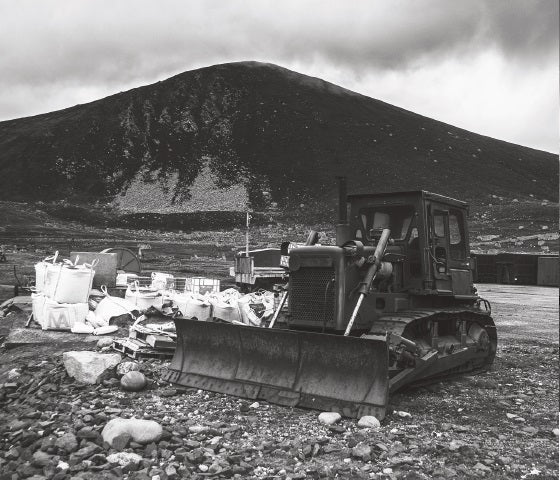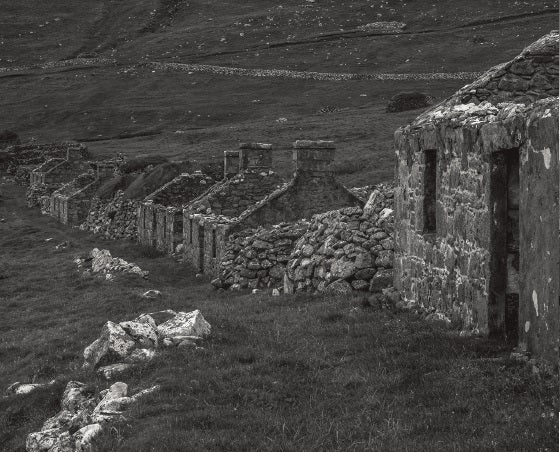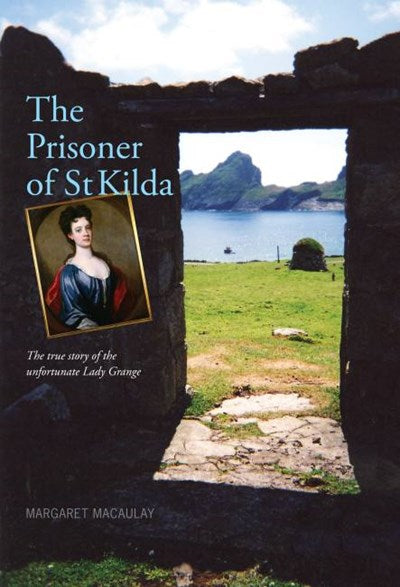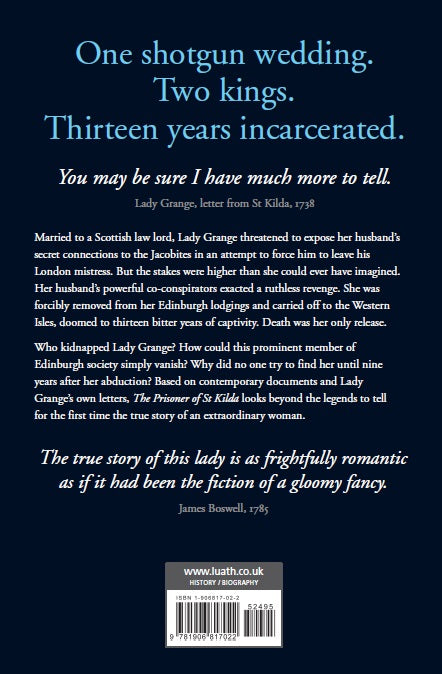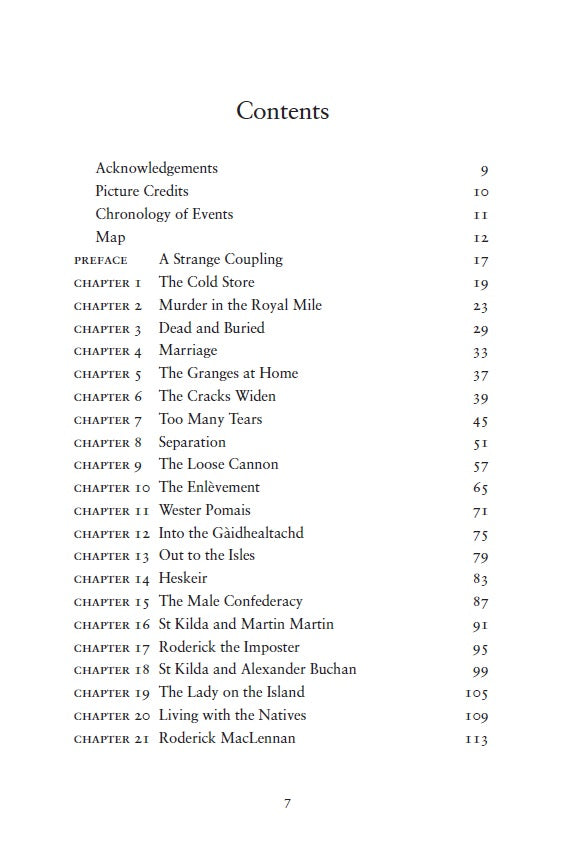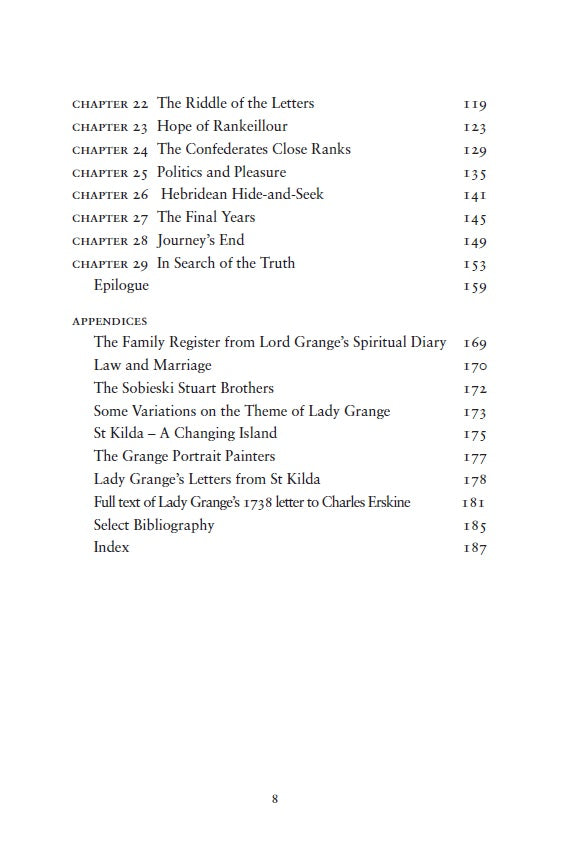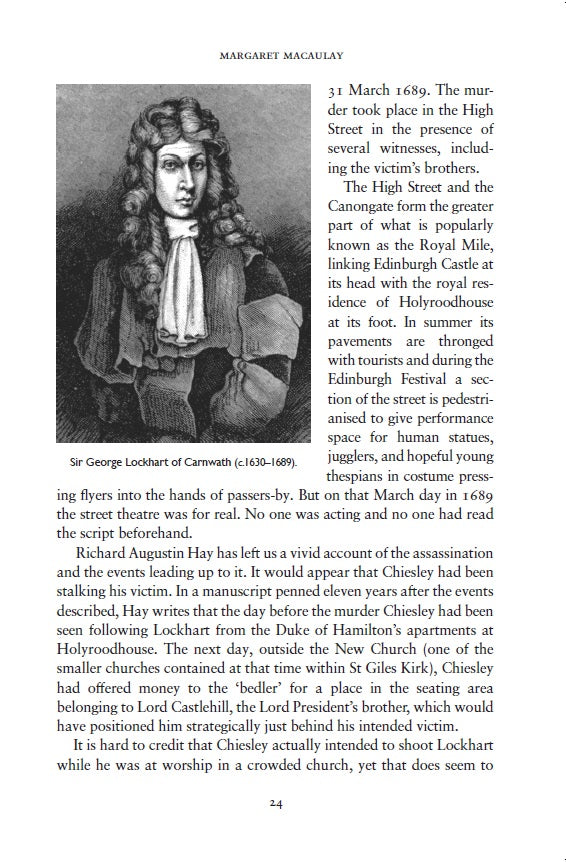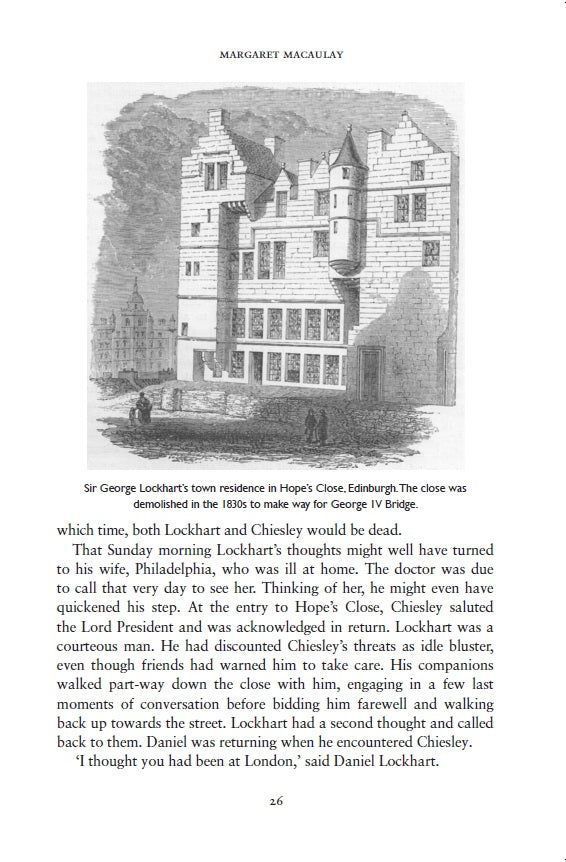The St Kilda Collection
- Regular
- £36.00
- Sale
- £36.00
- Regular
- £42.26
- Unit Price
- per
The Lady of Hirta by W C Mackenzie, 9781804251997
Hirta by Alex Boyd, 9781804251706
St Kilda by Alex Boyd, 9781913025229
The Prisoner of St Kilda by Margaret Macaulay, 9781906817657
About The Lady of Hirta:
Imprisoned for 13 years. Isolated on the largest island in the St Kilda archipelago, over 100 miles from the mainland.
In 1732, mystery and betrayal lurk around every corner. Lady Rachel Grange was kidnapped and imprisoned after her attempt to expose her husband’s secret connections to the Jacobites to force him to leave his mistress backfires. She is instead removed from Edinburgh and shipped off to the Western Isles.
7 years later, we meet Reverend Ferchard Ross, a determined minister seeking to uncover her secrets. The Reverend must untangle a web of deception and the knotted threads of Lady Grange’s tumultuous marriage to the formidable Lord Grange. With the elusive Lady of Hirta at the centre, the Reverend’s tale takes him from St Kilda to London as the unsuspecting minister finds himself embroiled in malicious deceits, unrequited love and Jacobite rumblings.
Where power clashes with passion against the haunting backdrop of one of Scotland’s now uninhabited islands, will the truth be uncovered before it’s too late?
Reviews:
The events that led to the mysterious kidnapping of Lady Grange are steeped in conspiracy, deception and a marriage that had gone very, very sour… HISTORIC ENVIROMENT SCOTLAND
About the W C Mackenzie:
WILLIAM COOK MACKENZIE (1862–1952) was a distinguished Scottish historian, folklorist and archaeologist, born in Cromarty. Educated at the University of Edinburgh, he taught at Glasgow Academy for 17 years before becoming secretary to the Royal Commission on Ancient and Historical Monuments, a role he held from 1913 to 1935. Following retirement, he served as acting head of the Department of Scottish History at Edinburgh University. A prolific writer, Mackenzie produced editions of Dunbar’s and Barbour’s poems and authored works on Hugh Miller, Flodden, Bannockburn and Arran, leaving a lasting contribution to Scotland’s historical and cultural scholarship.
About Hirta:
Rising out of the depths of the North Atlantic, the great cathedral-like sea stacks of Stac Lee and Stac an Armin and the jagged outlines of the islands of Hirta, Dùn, Levenish, Borerary and Soay make up one of the most famous groups of islands in the world, the archipelago of St Kilda.
The names we have given to the islands reflect our own impressions of a place which in the minds of many lie far off in the west, 100 miles distant from mainland Scotland, surrounded by the treacherous waters of the North Atlantic. From ‘Britain’s Loneliest Islands’ to the ‘Islands at the Edge of the World’, the archipelago is often considered to be an outlier both physically and culturally from the British Isles, a place where a separate, supposedly more basic existence took place in an environment whose stark natural beauty is matched by its harsh and unforgiving location.

About St Kilda:
Shortlisted for the Saltire Society First Book Award 2018.
Using a ‘battered medium format camera’ once belonging to Fay Godwin, Alex Boyd captures the archipelago of St Kilda in a new light, from a 21st century perspective. From the crumbling Cold War military base to the wild beauty of the natural landscape, this collection of photographs is both an ode to the history of the islands and an insight into the modern day lives of those who live and work on St Kilda today.
![]()
Reviews:
What a remarkable book this is: testimony to a commitment of method, a brilliance of eye and a subtlety of spirit. Made of what Rilke calls 'heart-work' as well as 'the work of the eyes', vigilant against nostalgia and ruin-lust, it explores and records the forces that have shaped contemporary St Kilda. Alex Boyd's images represent a major addition to the tradition of modern landscape photography, of which Fay Godwin - on whose camera these images were taken - was such a crucial twentieth-century figure. ROBERT MacFARLANE
Alex Boyd captures the natural beauty magnificently, while his studies of radar stations and other signs of the islands' military presence, reveal another side to this captivating place. The Royal Photographic Society
Alex Boyd is not afraid to document the scars, military buildings and radar domes scattered around St Kilda, but he balances this out with images of the archipelago’s astonishing natural beauty. AP Magazine
Alex Boyd’s St Kilda: The Silent Islands is a thought-provoking, “warts and all” portrait of the archipelago which pays as much attention to the islands’ brutalist military installations as it does to their precipitous cliffs and to the picturesque abandoned houses at Village Bay. ROGER COX, The Scotsman
About Alex Boyd:
 DR ALEX BOYD FSA(Scot) is a photographer, academic and writer who grew up on the west coast of Scotland. His work has been widely exhibited internationally with solo exhibitions at the Scottish Parliament, as well as group exhibitions at the Royal Academy, the Royal Ulster Academy and the Royal Scottish Academy. His work is held in the collections of the National Galleries of Scotland, the Royal Photographic Society, the Royal Scottish Academy, the V&A and the Yale Centre for British Art in the US. His first book, St Kilda: The Silent Islands, was shortlisted for the Saltire Society First Book Award in 2018. He spent several years living on the Isle of Lewis.
DR ALEX BOYD FSA(Scot) is a photographer, academic and writer who grew up on the west coast of Scotland. His work has been widely exhibited internationally with solo exhibitions at the Scottish Parliament, as well as group exhibitions at the Royal Academy, the Royal Ulster Academy and the Royal Scottish Academy. His work is held in the collections of the National Galleries of Scotland, the Royal Photographic Society, the Royal Scottish Academy, the V&A and the Yale Centre for British Art in the US. His first book, St Kilda: The Silent Islands, was shortlisted for the Saltire Society First Book Award in 2018. He spent several years living on the Isle of Lewis.
About The Prisoner of St Kilda:
Shortlisted for the 2010 Saltire Society Scottish First Book Award.
One shotgun wedding. Two Kings. Thirteen years incarcerated. You may be sure I have much more to tell. Lady Grange, letter from St Kilda, 1738.
Married to a Scottish law lord, Lady Grange threatened to expose her husband's secret connections to the Jacobites in an attempt to force him to leave his London mistress. But the stakes were higher than she could ever have imagined. Her husband's poweful co-conspirators exacted a ruthless revenge. She was forcibly removed from her Edinburgh lodgings and carried off to the Western Isles, doomed to thirteen bitter years of captivity. Death was her only release.
Who kidnapped Lady Grange? How could this prominent member of Edinburgh society simply vanish? Why did no one try to find her until nine years after her abduction?
Based on contemporary documents and Lady Grange's own letters, The Prisoner of St Kilda looks beyond the legends to tell for the first time the true story of an extraordinary woman.
The true story of this lady is as frightfully romantic as if it had been the fiction of a gloomy fancy. - James Boswell, 1785
Reviews:
... a tale of such scandal and drama that it reads almost like a work of fiction. CATHERINE SALMOND, Edinburgh Evening News
... this fascinating account of one of the most beguiling characters in Scotland's history... Despite the unhappy ending, it's a stunning story and Margaret Macaulay has done it full justice. TREVOR ROYLE, The Herald
Yet there's another story of human hardship in [St Kilda]'s history that's been much less analysed - not one of evacuation but of abduction. Not of escape, but of exile. A story of political intrigue, betrayal and personal tragedy. SUNDAY POST
About the Author:
 MARGARET MACAULAY was born in Campbeltown, Argyll, and educated at Campbeltown Grammar School. She graduated from Glasgow University with an MA Hons in History, going on to work as a reporter on The Herald, and later as a freelance journalist, teacher and bookseller. Margaret has always been interested in individual women in Scottish history, especially those who have been maligned or forgotten.
MARGARET MACAULAY was born in Campbeltown, Argyll, and educated at Campbeltown Grammar School. She graduated from Glasgow University with an MA Hons in History, going on to work as a reporter on The Herald, and later as a freelance journalist, teacher and bookseller. Margaret has always been interested in individual women in Scottish history, especially those who have been maligned or forgotten.
When her daughter went to St Kilda some ten years ago on an archaeological dig, she was drawn to find out more about Lady Grange, and became hooked.
